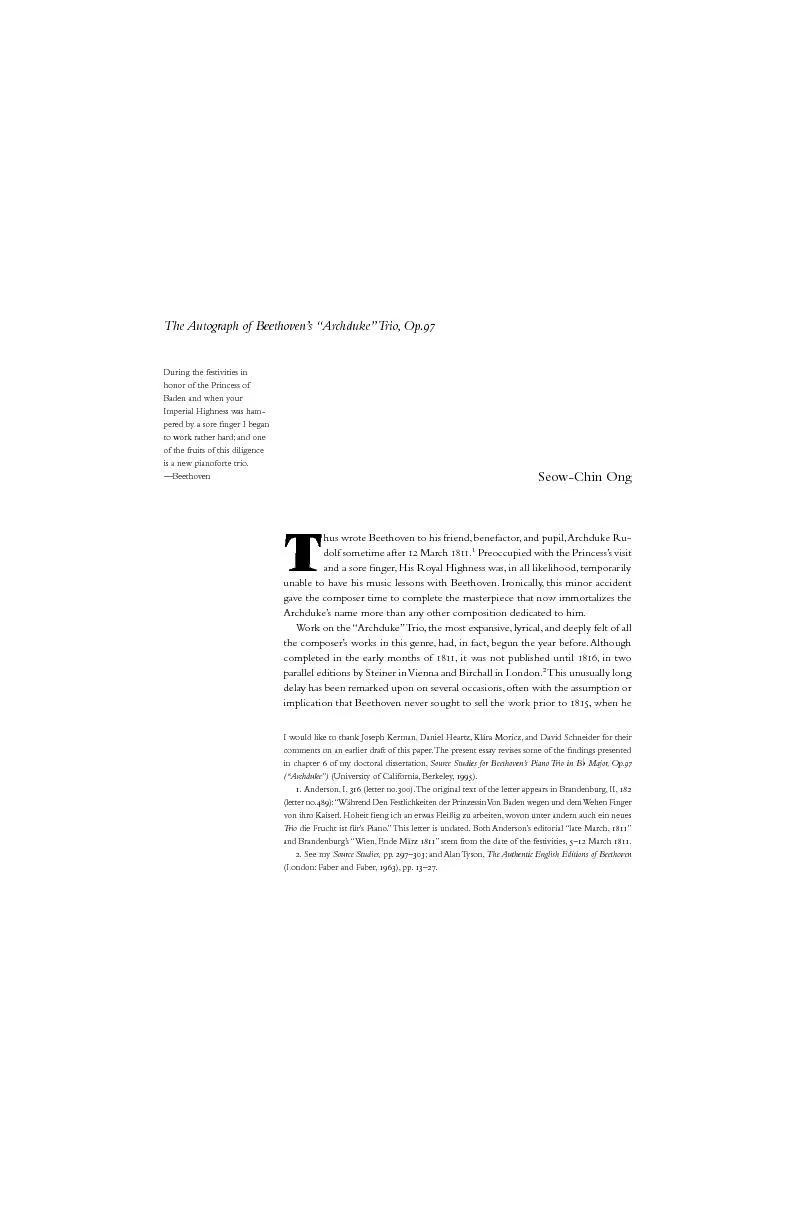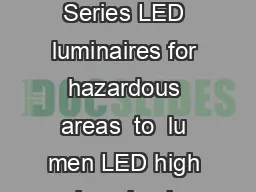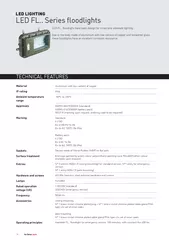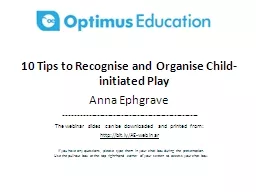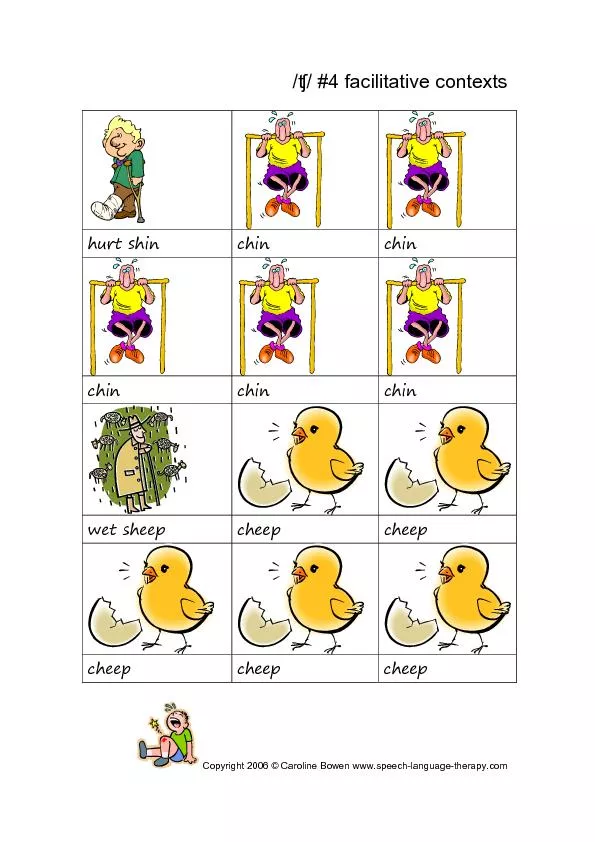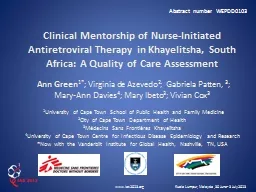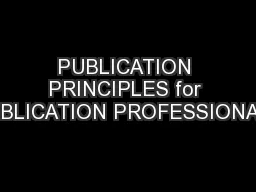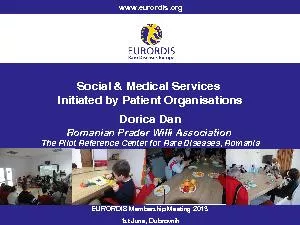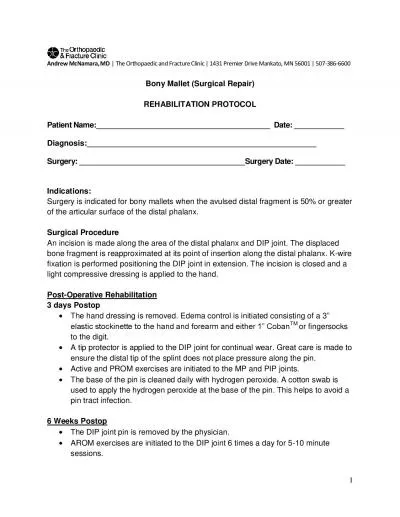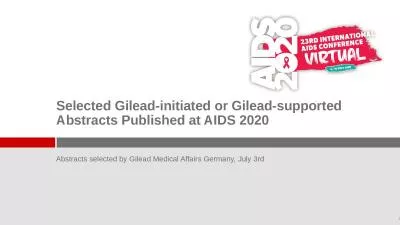PDF-eow-chin ongapparently initiated events that led to publication the fo
Author : lindy-dunigan | Published Date : 2016-03-01
eowchin ongPreserved in the Pierpont Morgan Library in New York the autograph of opis an unusual documentIn contrast to the sort of Querformatpaper measuring230x
Presentation Embed Code
Download Presentation
Download Presentation The PPT/PDF document "eow-chin ongapparently initiated events ..." is the property of its rightful owner. Permission is granted to download and print the materials on this website for personal, non-commercial use only, and to display it on your personal computer provided you do not modify the materials and that you retain all copyright notices contained in the materials. By downloading content from our website, you accept the terms of this agreement.
eow-chin ongapparently initiated events that led to publication the fo: Transcript
Download Rules Of Document
"eow-chin ongapparently initiated events that led to publication the fo"The content belongs to its owner. You may download and print it for personal use, without modification, and keep all copyright notices. By downloading, you agree to these terms.
Related Documents

